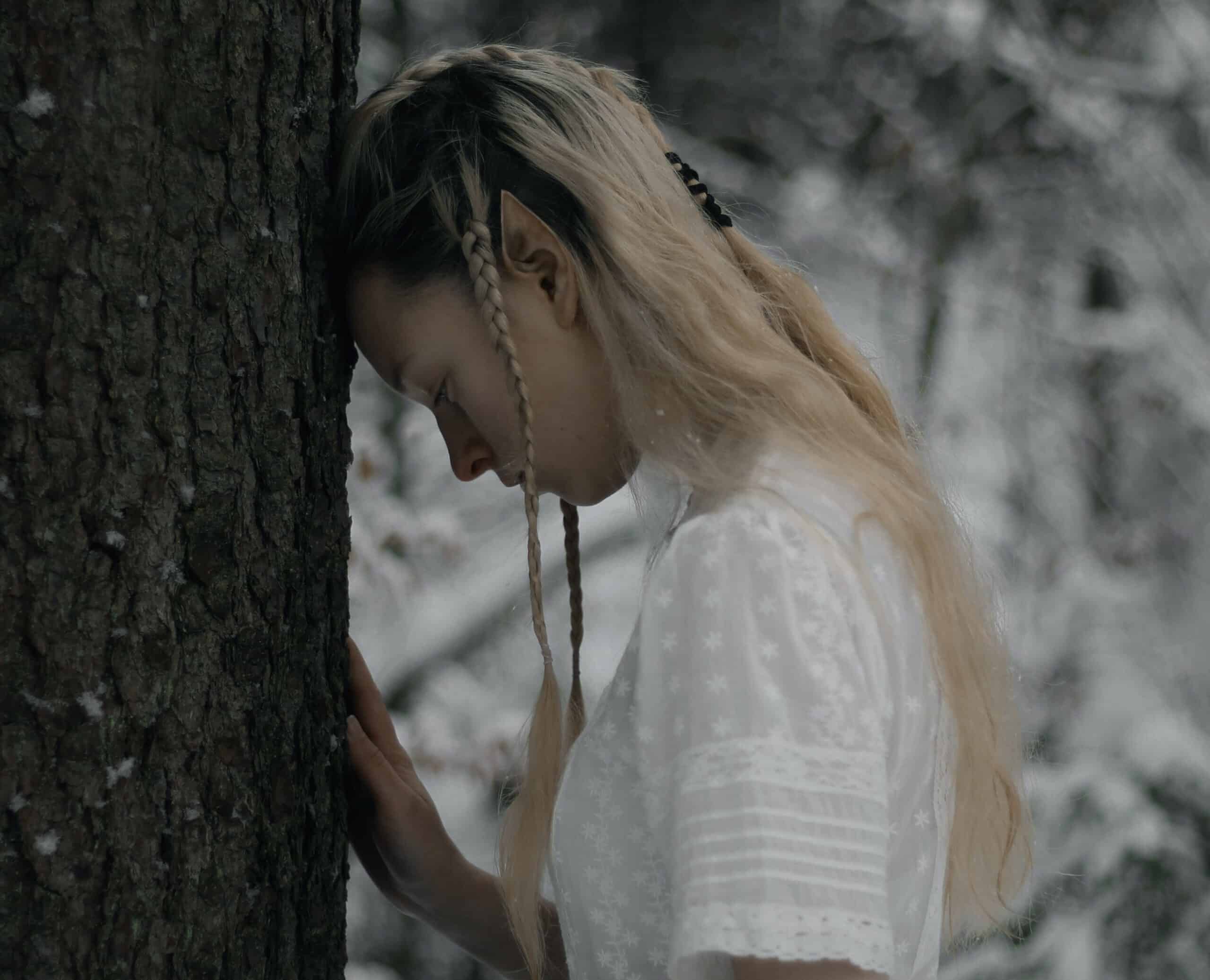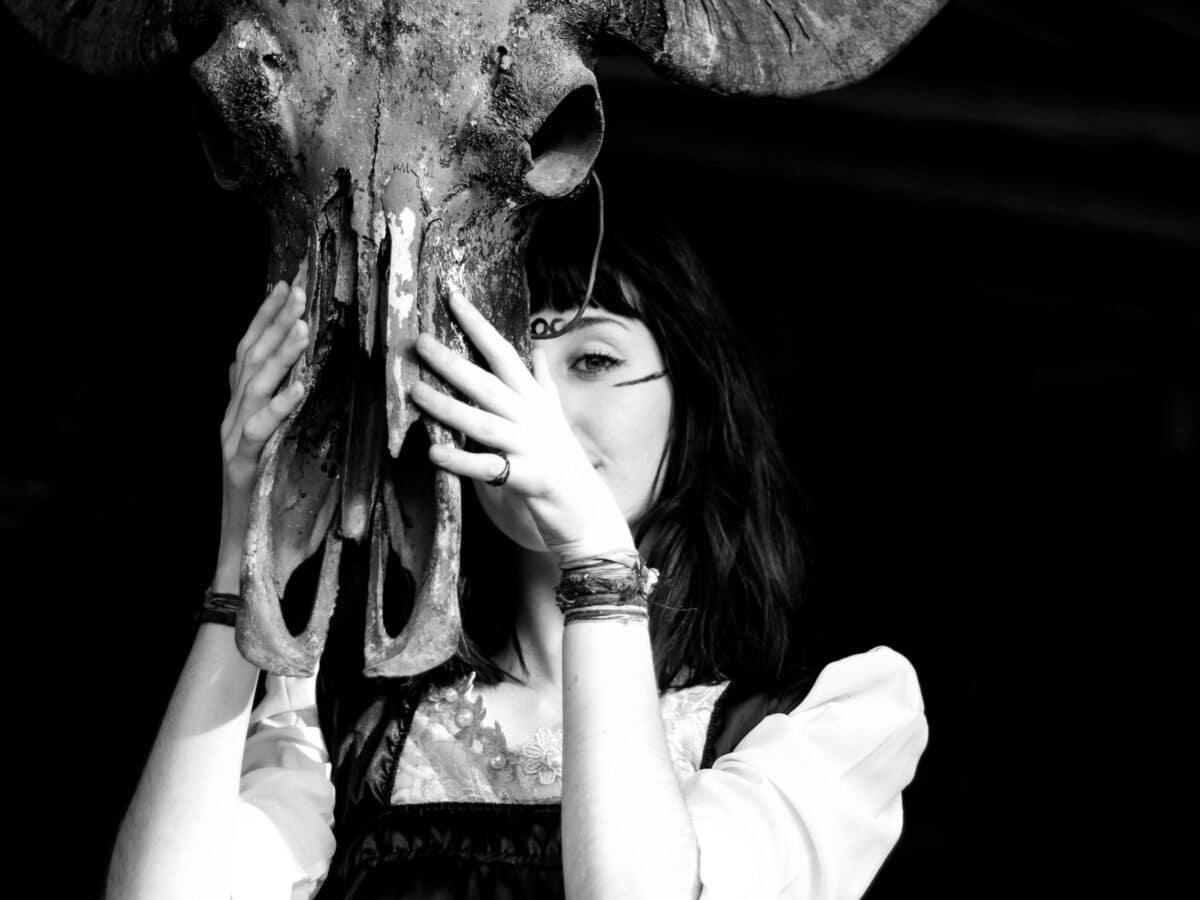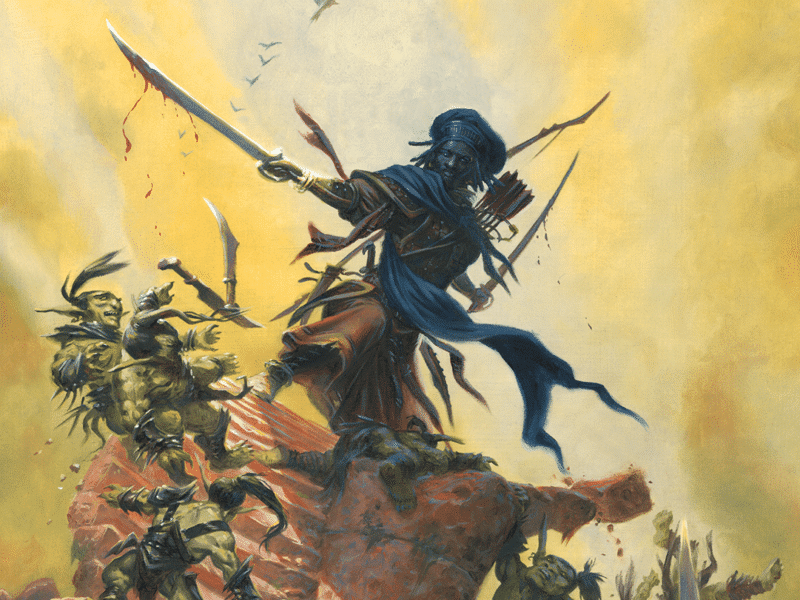Time for a new series of articles about Dungeons & Dragons – and in these ones, we’re going to take a look at the best (as in the most entertaining rather than tactical) reasons to play the different races found in the game!
As we all know, each race comes with a variety of flairs and boons, but there are also some more general aspects that are worth considering, as well as – in this writer’s view – a handful more quirky and unofficial aspects that do their part to give the races distinctly different feels.
Some of the inspiration for the following thoughts have been found outside the rules of D&D, for example in literature, film, and other media – but they’re all within the boundaries of the game’s default style.
We’re kicking off the series with a look at one of the most popular and well-known races found in fantasy settings (after humans, of course): the elves!

Let’s go through a number of characteristics that make elves truly special!
You’re style personified
The first point on this list is – to me – the most obvious feature of elves, but I’d agree that it’s also rather subjective: elves ooze class. Not a particular character’s profession, I mean class. Even the most haggard and mud-streaked wood elf outshines all other folk in Dungeons & Dragons in terms of pure smoothness. You might not be a noble or raised in a mansion, you might not wear anything that resembles proper clothes or armour, and your hair might look like a bird is nesting in it – you’re still an elf, and as such, your nimbleness and grace are lights in the dim halls of other people’s clumsiness and crudeness. And if you happen to be a noble, you can be confident that there are no more elegant beings in any realm than an aristocratic elf (or so you like to think).
Simply put, as an elf, you know everything that’s worth knowing about art, beauty, bravura, and refinement. This makes you an excellent judge of fashion, if not necessarily of character, and you can merrily share your opinions on the appearance of – well, everything that you can see – to all who are willing to listen. Or even if they’re not.
Of course, it’s often very rewarding to play against type, and given the elves’ natural and old reputation for grace and suave demeanour, they are perfect for playing a character that goes against that soft and elegant grain. There’s something decidedly eerie about an elf who’s revealed to be just a tad sinister, or who turns out to be a frothing beast in a battle!
You’re not quite of this world
Elves are strange. They’re creatures of myth, surrounded by legends and otherworldliness wherever they wander. It is only by chance (and their kindness, of course) that they share the roads with common folk – in other words, everyone else in the realm who isn’t an elf – and they live so long that they remember centuries’ worth of events while other people can’t remember what they were meant to buy from the village market.
It follows that elves are rather mysterious and enigmatic beings – and this is marvellous for roleplaying! You can speak in riddles, ask the oddest questions or behave in the most confounding ways, and always refer to your inscrutable nature if someone has the nerve to demand an explanation for your quirky demeanour. Just raise an eyebrow, sigh forlornly, and whisper “Alas, my soul is a galley set to sail for aeons while yours is a flimsy canoe destined to sink tomorrow. How can I possibly convey the depths of my thoughts to you? But do not take offence – instead, rejoice that I have chosen to share your path, brief as it is”. Or something to that effect.
You’re one with magic
One palpable aspect of the otherworldliness of elves in D&D is their bond with magic. As partially fantastical beings, magic is embedded in their essence and permeates their personalities. Along with gnomes, elves belong to the select few who truly understand the beauty (but not always the danger) of arcane forces, and revel in the joy of wielding them. High elves in particular are known for possessing subtle magic abilities that most others need significant training to use. Even a devoted high elf warrior or skilled assassin will have a cantrip or two up their sleeves – in fact, you might find a high elf artisan in a market or a travelling merchant who can perform the same trick!
This characteristic of elves is represented in the game by a set of impressive special abilities and qualities (more about these below), many of which are just asking to be shown off – a lot, at any time, and ideally at the wrong moment! Is it a brilliant idea to dazzle everyone in the party for the hundredth time with your innate capability to weave a pretty, bright, and nicely illuminating arcane flame from thin air in the middle of the night when it’s likely that there are plenty of monsters around that wouldn’t mind taking a bite out of you? Probably not! But torches are sticky and messy, lanterns are clunky and boring, and darkness is no one’s friend – so it makes excellent sense to cast a cantrip that makes the adventuring party stand out like a lighthouse to all hostile creatures in the neighbourhood. Tadaa! And if the rest of the party hisses at you to end the spell, just scoff at them and mutter that none of your friends appear to have any appreciation for the arts of magic (and just maybe end the cantrip too – but that’s optional, of course!).
You’re one with the land
Elves – especially wood elves, of course – are generally expected to be somewhat attuned to nature, especially deep forests and pristine wilderness. Obviously, if you’re the kind of elf that hails from entirely different places, such as the Plane of Shadow or the Plane of Fey, you might be closer to gloom and shadow, the raw chaotic essence of life, or a fierce element such as fire or water. The point is that you’re in harmony with whatever environment that your particular strand of elves has grown up in. For example, if woodlands are your home, and you’re a wood elf, then you’re so accustomed to them that even thorny bushes and moss-laden rocks can’t slow you down, and you can blend in so well that you almost disappear from view. So far, so rulebooks. But what does that mean for the other elves?
Quite a lot, I’d argue – because my view is that all elves are close to their respective environments. If you’re playing a wood elf, yours is quite clear – the clue is in the name. If you’re playing a high elf, your idea of what’s home might be anything from a leafy forest or a mountain peak to a grand castle or a bustling city – the key thing is that wherever you are, you’re at ease with the land around you (unless you’ve been transported somewhere undesirable against your will, of course!). If you’re one of the rarer elves who dwells or has their origin on the Plane of Shadow or the Plane of Fey, you’re perfectly comfortable in – respectively – deep brooding gloom or in wild woods bursting with life. And if you’re a dark elf, then being in the profound darkness of a cavern far beneath the sunlit surface is no problem – on the contrary, that’s where you feel most relaxed (unless you’re hunted by your own kin, of course).
But this characteristic goes even further – because when elves go travelling, they carry their individual sense of home with them! Even when the rain is bucketing down, when the wintry winds blast across the plains, or when the sun is turning the sandy dunes molten red, an elf holds a clear idea of who they are and where they’re from in the heart, and can retreat there for a moment of wellbeing and calm. However, as you’re a member of a near-mystical folk, the opportunity to lean into a natural harmony might not prevent you from pointing out repeatedly that the blizzard, raging volcano or fly-infested marshland that your group is travelling through certainly isn’t anything like home.
In this sense, elves are akin to halflings and dwarves in that they’re fond of their origin or homestead – although I wouldn’t recommend that you point out that similarity in the presence of an elf.
You can out-lore anyone
Lastly, there’s the rich background story of the elves in D&D. The official modules by Wizards of the Coast, for example Mordenkainen’s Tome of Foes, have provided the elves with in-depth and colourful lore that details their origin, long-gone conflicts and tumultuous times, as well as significant events that have helped shape their existence today. There’s sinister betrayal, plain misunderstanding, and foolhardy ambition – the elves’ past has it all. This wealth of stories also covers the eldarin and the drow, and explains how these folk are different (or similar) to the high- and wood elves.
Consequently, as an elf, you will probably have a strong sense of your identity and your people’s history. What’s more, given the longevity of the elves – they outlive most other races in D&D – you might even become something of a walking legend yourself if you live long enough. But regardless of your age, you’re likely to have a story and a half to tell people about your ancestry. And surely, this not only means that you are somewhat more than other people – it also stands to reason that most people will love to hear about your particular past, relatives, and escapades.
Those were the ideas about elves that I had for this first instalment! Stay tuned and check back for future articles about other races in D&D, and this writer’s thoughts on how to make the most of them – mainly for the sake of laughs and entertainment rather than damage-dealing!







